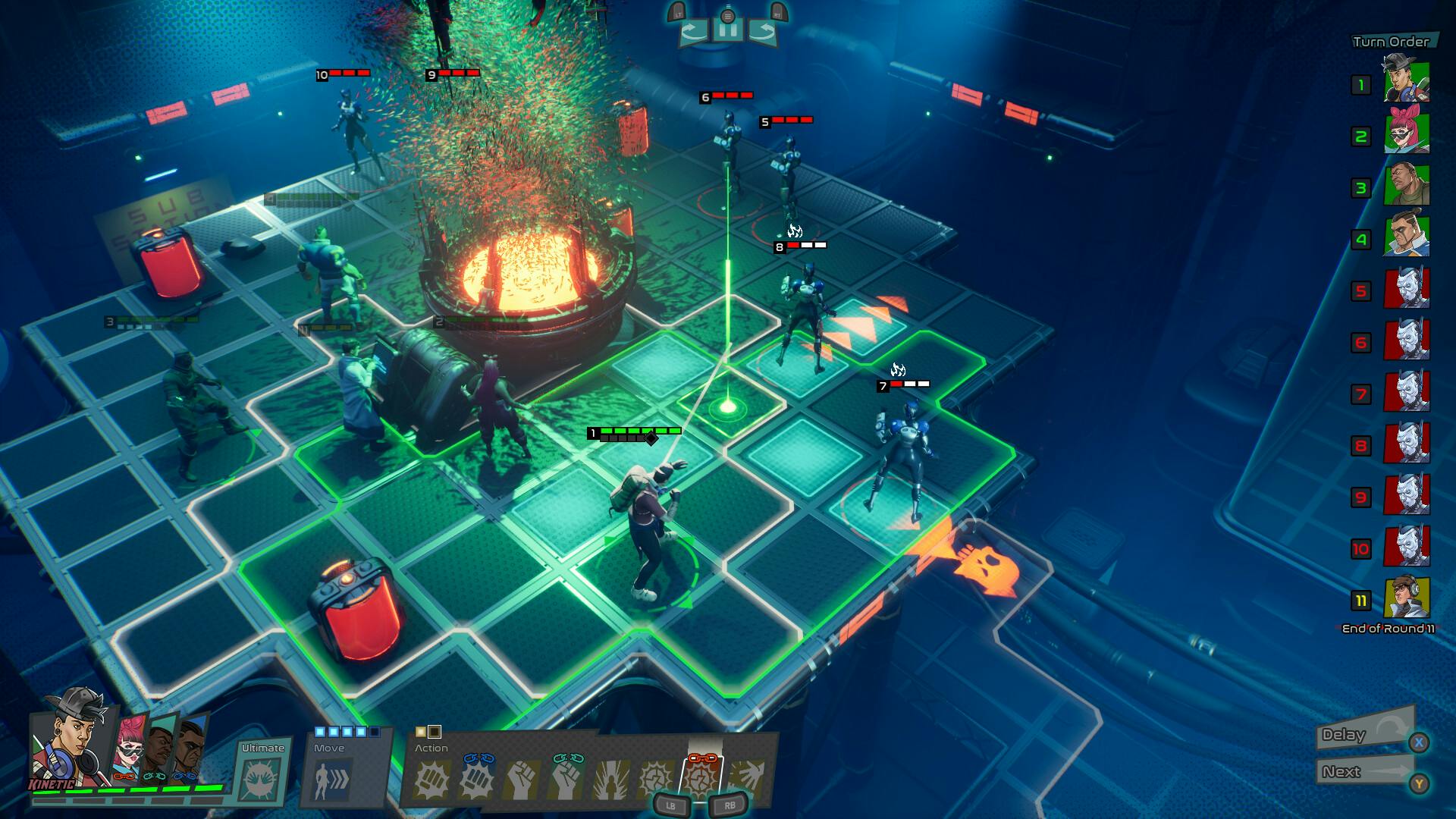Gaming has been around in one form or another for years, hitting mainstream audiences in the late 1970s and 80s with arcade games like Space Invaders and Pac-Man.
Kids and young adults who could not relate to the seemingly out-of-date TV programming of the time fell pocket money first into their local arcades. This promoted this kind of gaming to the masses. Scroll on to the early 80s, and Pac-Man, Mario Bros, and Space Invaders, to name a few popular titles, became console fodder for home gaming fans.
It wasn’t until the late 1980s and early 90s that gaming genres were established to make life easier for gamers. Two early computer publications founded some categories, basing these on software sales.
The first was Softalk, a US-based magazine specializing in all things Apple, specifically the Apple II and its software. Softalk published a top 30 list of games and named the associated genres such as arcade, adventure, fantasy, and strategy. This made it easier for the player to find a genre that suited their taste.
Softalk was the Apple gaming bible between 1980 and 1984. Consumer tracking was not a marketing strategy in 1981 until Computer Gaming World produced its extended list of genres, thanks to the unique reader input device on their site. The list of genres grew to include wargames, simulation, role-play adventure, and action games.
Today’s list of genres covers many more options, including platformer, first-person shooter, real-time strategy, stealth games, puzzle, and action RPG (role play game). There are many sub-categories and sub-genres, as diverse and sometimes bizarre as the players uploading them.
Some acronyms deserve a mention. RTS (real-time strategy) shooters in the form of FPS (first-person) and TPS (third-person). Anyone who loves to multiplay knows MOBA (multiplayer online battle arena); we have already mentioned RPG, which is considered old hat compared to ARPG (action role play game).
Lastly, sandbox, which Minecraft dominates, requires considerable player input and creativity. Sandboxing is considered educational gaming, promoting creativity and more expansive thinking in younger gamers.

Photo by Hal Gatewood on Unsplash
Unlocking the Secrets Behind the Psychology of Gaming Genres
The psychology of gaming is interesting, especially the payoff attached to each genre. Successful gaming genres activate the reward system in our brains, which keeps players involved.
All gaming genres tap into the brain’s pleasure and motivation centers in the orbitofrontal cortex to release dopamine. Dopamine gives the player a sense of euphoria and elevated happiness while stimulating the amygdala plays a role in motivational behavior.
Adventure and fantasy games offer a form of escape from daily life; the immersion of our brain in alternate worlds brings enjoyment, satisfaction, and emotional release. This form of escapism is therapeutic, offering an outlet for frustration and contributing to a sense of well-being.
Online communities, streaming platforms, and multiplayer games stimulate our need to socialize with like-minded folk. Multiplayer games create a sense of camaraderie and collaboration, whether the players know each other offline or not. Players who like multiplayer games enjoy the social aspect of gaming significantly when voice chat options are activated.
Richard Bartle is one of the first game developers who categorized gamers using gaming psychology to create award-winning games. Bartle is a British game developer and researcher who made it easier for developers to direct their genres specifically to their audience.
Bartle maintains that there are four types of gamers - achievers, socializers, explorers, and killers. Achievers, socializers, and explorers have self-explanatory behaviors, and their gaming genres are usually adventure, puzzle, strategy, role-play, and sandbox.
The psychology of a killer-type gamer is interesting. First and third-person shooter games are in the genre with the highest number of game releases each year, suggesting that killer behavioral patterns can be determined by the game they prefer.
Killers are alphas or sub-alphas who like to win at all costs, competitive to a fault; killers will try to defeat competitors using their skills and tools provided by the game. If killing is necessary to win, they will kill. A killer type is not particularly interested in the narrative, just the ability to succeed.
Sadly, killers live up to the stereotype that gamers are primarily teenage boys or young male adults. However, these statistics have changed over recent years, with the balance of power tilting towards young women and silver surfers. While 52% of gamers are male, 48% of gamers are female, which is a year-on-year rise in favor of women.

Photo by Emily Wade on Unsplash
Why Gaming Genres Are More Than Just Entertainment
The different gaming genres offer way more than just entertainment. The different genres provide a range of positive benefits that impact gamers and society as a whole. The puzzle genre has enhanced cognitive benefits that promote spatial awareness, while action-based games improve reaction times, hand-eye coordination, and critical thinking.
The strategy genre helps players solve complex problems with enhanced critical thinking, often with others, which promotes team-building skills. Sandboxing is educational, allowing players to develop their imagination and creativity, which can be used in real-life activities.
How Gaming Genres Have Influenced Pop Culture
We have discussed the nuts and bolts of gaming genres, but gaming genres do more than categorize computer games. Gaming genres have created teams or tribes, and these tribes have accelerated since the introduction of social media and especially Tiktok.
Let’s take Fortnite, for instance. Fortnite is a battle royal game in the shooter genre that has significantly impacted pop culture. Fortnite is responsible for the emerging careers of artists like Lil Nas X (Montero Lamar Hill), whose hit ‘Old Town Road’ went viral after appearing in Fortnite.
Gamers are likelier to hear new music first, as many artists write tunes for the gaming industry. Those who love Fortnite claim that the game has brought a sense of community into gaming.
While GenZ is convinced that they invented everything, pop culture has looked to the gaming world since 1979; how about Space Invaders’ by Player 1/Playback? No, me neither! Or the iconic 1982 version of Pac-Man Fever’ by Buckner and Garcia.
The fact is it was the Baby Boomers who invented pop culture, and GenX invented gaming, so GenZ, while you might add to the gaming genre pop culture, you didn’t invent it.
So whether you’re an explorer, achiever, or socializer, there’s a genre with your name on it, and killers, you continue to do your thing. As for me, I’m waiting for an update on GTA VI, but by the time Rockstar Games gets its act together, I will be with Elon Musk searching for Twitter in the Metaverse; and most likely, the two of us will never be seen again.


